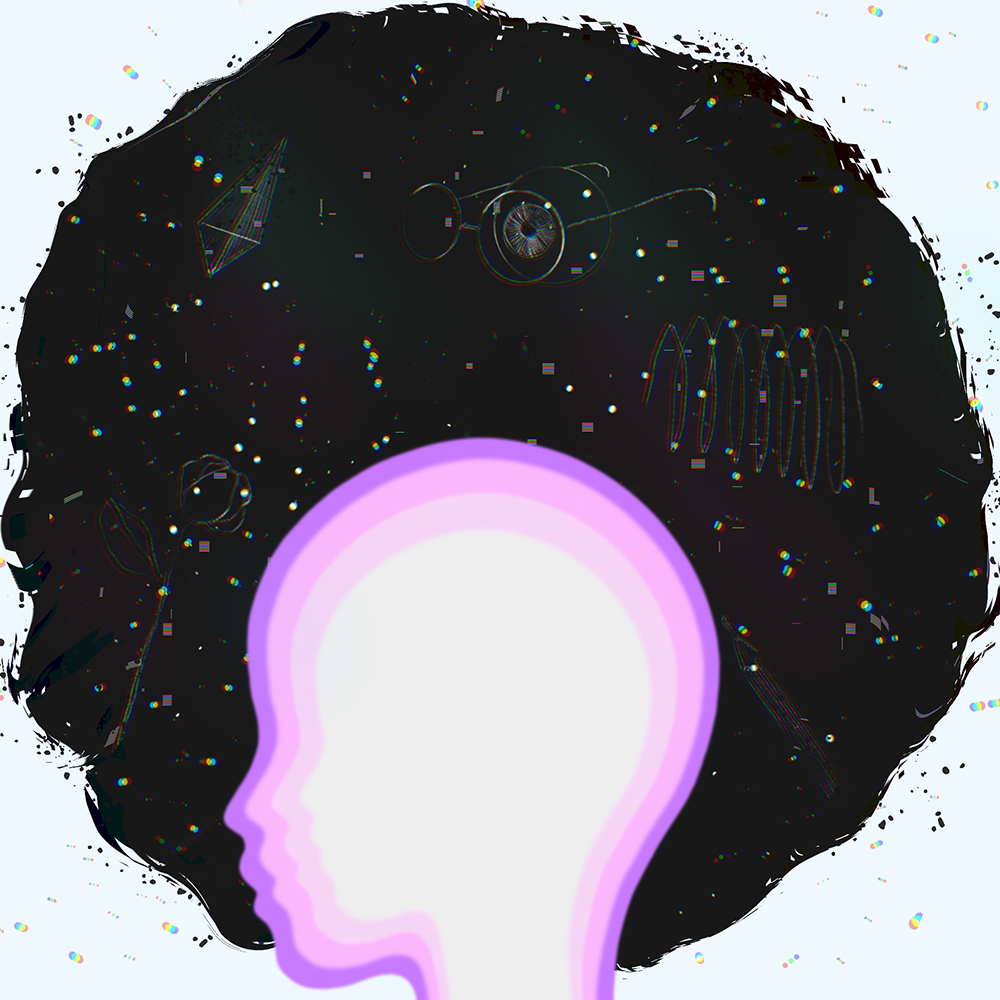When Daydreaming Turns Sour
Daydreaming is a common human experience. Nearly everybody gets lost in thought or fantasizes from time to time. But for some people, daydreaming becomes so frequent and vivid that it starts interfering with daily life and may negatively impact it too. This excessive form of daydreaming is known as maladaptive daydreaming. Though not yet formally recognized as a disorder, maladaptive daydreaming is gaining increasing attention for its impacts on mental health and functioning. Maladaptive daydreaming is often a coping mechanism from day to day stress, for some individuals. Over the years, it has gained more recognition.
Maladaptive daydreaming involves an immersive fantasy activity that replaces real-life human interaction and impedes normal functioning. People who struggle with maladaptive daydreaming can spend hours pacing or lying in one position while vividly imagining fictional scenarios. These elaborate daydreams are experienced as uncomfortably addictive, difficult to control, and distressing. Unlike healthy daydreaming, maladaptive daydreaming persists despite attempts to reduce it and causes significant impairment. Sufferers often conceal their habits due to shame.

What Causes Maladaptive Daydreaming?
The causes of maladaptive daydreaming remain unclear but research points to possible risk factors. Trauma, loneliness, and lack of fulfillment in real life seem linked to its development. Personality traits like neuroticism may also increase susceptibility to maladaptive daydreaming. Many with maladaptive daydreaming report childhood abuse, familial dysfunction, social isolation, or bullying as underlying sources of distress.
To truly comprehend the impact of maladaptive daydreaming, it’s essential to delve into the personal struggles of those affected. Individuals grappling with this condition often describe it as an all-consuming force that hijacks their thoughts, emotions, and time.
Vivid, intricate fantasies take them away from the real world and provide a temporary refuge from life’s challenges. But the refuge comes at a cost. The more they daydream, the less they engage with their surroundings. It’s like living in two parallel universes, and the line between them becomes increasingly blurred. Many individuals suffering from maladaptive daydreaming report an acute sense of isolation. The shame and guilt associated with their inability to control this intense form of daydreaming lead to social withdrawal. They fear judgment or ridicule, causing them to retreat further into their rich inner world, making it even harder to share their experiences with loved ones.
Stress often triggers excessive daydreaming. Those overwhelmed by unwanted thoughts or emotions may find relief in vivid fantasies where they feel empowered. Escapism becomes a coping mechanism to manage moods, unload burdens, and satisfy unmet needs. But the more one daydreams, the harder it becomes to moderate. It can eventually dominate mental life and sabotage healthy functioning.

The Toll of Maladaptive Daydreaming
Left unchecked, maladaptive daydreaming can wreak havoc on an individual’s emotional health and ability to cope with life’s demands. Mood disorders, sleep disturbances, and dissociation from reality often accompany the condition. Sufferers may struggle academically, professionally, and in maintaining relationships.
Like any addiction, maladaptive daydreaming provides temporary relief while perpetuating deeper problems. But its hidden nature makes recognizing the damage difficult. Sufferers isolate further out of guilt and shame around habits they cannot control.
Since maladaptive daydreaming is not an official diagnosis, many cases go undiagnosed and untreated. People struggling with obsessive fantasizing may not realize it is an actual condition needing professional help. But researchers have proposed diagnostic criteria that include frequency, intensity, difficulty controlling daydreams, and distress over resulting life problems.
A Way Forward
Though challenging to identify and intervene, maladaptive daydreaming requires clinical attention to alleviate symptoms. Talk therapy aims to uncover the roots of fantasizing while teaching healthy coping strategies. Cognitive behavioral therapy helps build awareness around unhealthy thought patterns that fuel excessive daydreaming. Reducing social isolation and boosting real-life enrichment also helps rebalance fantasy with reality. Medication may sometimes assist in managing co-occurring mood disorders.
Maladaptive daydreaming is a complex psychological phenomenon that can profoundly disrupt emotional, occupational, academic, and social well-being. While common daydreaming is healthy imagination, maladaptive daydreaming stems from deeper issues that require compassionate understanding and treatment. By raising awareness and removing stigma, those trapped in destructive daydreaming cycles can find hope in leading more fulfilling lives. If obsessive fantasizing is hindering you or a loved one’s life, please seek professional support and know that recovery is possible. With greater openness and understanding, gaining key insights into this mental health challenge affecting thousands worldwide can benefit us all.
Read more articles on social-emotional and mental health on our Zealousness blog Social-emotional and mental health – iN Education Inc. (ineducationonline.org).
References
- Summer, J., & Wright, H. (2023, October 20). Maladaptive Daydreaming: Symptoms, Diagnosis, and Tips. Sleep Foundation. Retrieved October 22, 2023, from https://www.sleepfoundation.org/mental-health/maladaptive-daydreaming
- Cleveland Clinic. (2022, June 1). Maladaptive Daydreaming: What It Is, Symptoms & Treatment. Cleveland Clinic. Retrieved October 22, 2023, from https://my.clevelandclinic.org/health/diseases/23336-maladaptive-daydreaming
- Benisek, A. (2022, August 29). Maladaptive Daydreaming. WebMD. Retrieved October 22, 2023, from https://www.webmd.com/mental-health/maladaptive-daydreaming
- Boland, M. (2022, April 11). 6 Ways to Cope with Trauma I Psych Central. Psych Central. Retrieved October 22, 2023, from https://psychcentral.com/ptsd/dealing-with-trauma#symptoms
- The British Psychological Center. (2016, November 7). Maladaptive daydreaming | BPS. British Psychological Society. Retrieved October 22, 2023, from https://www.bps.org.uk/psychologist/maladaptive-daydreaming
- Dickinson, K. (2023, July 30). The secret life of maladaptive daydreaming. Big Think. Retrieved October 22, 2023, from https://bigthink.com/neuropsych/maladaptive-daydreaming/























